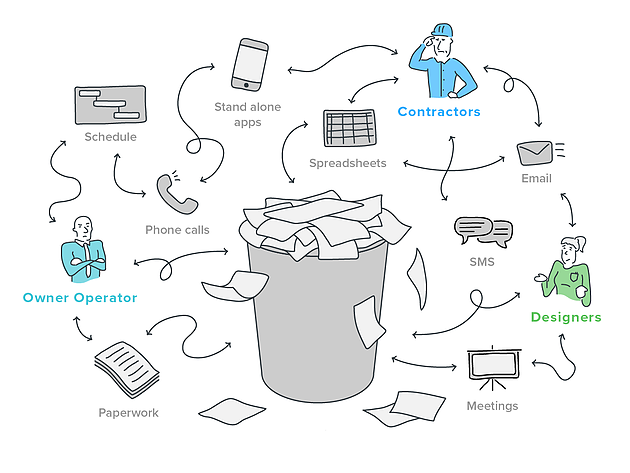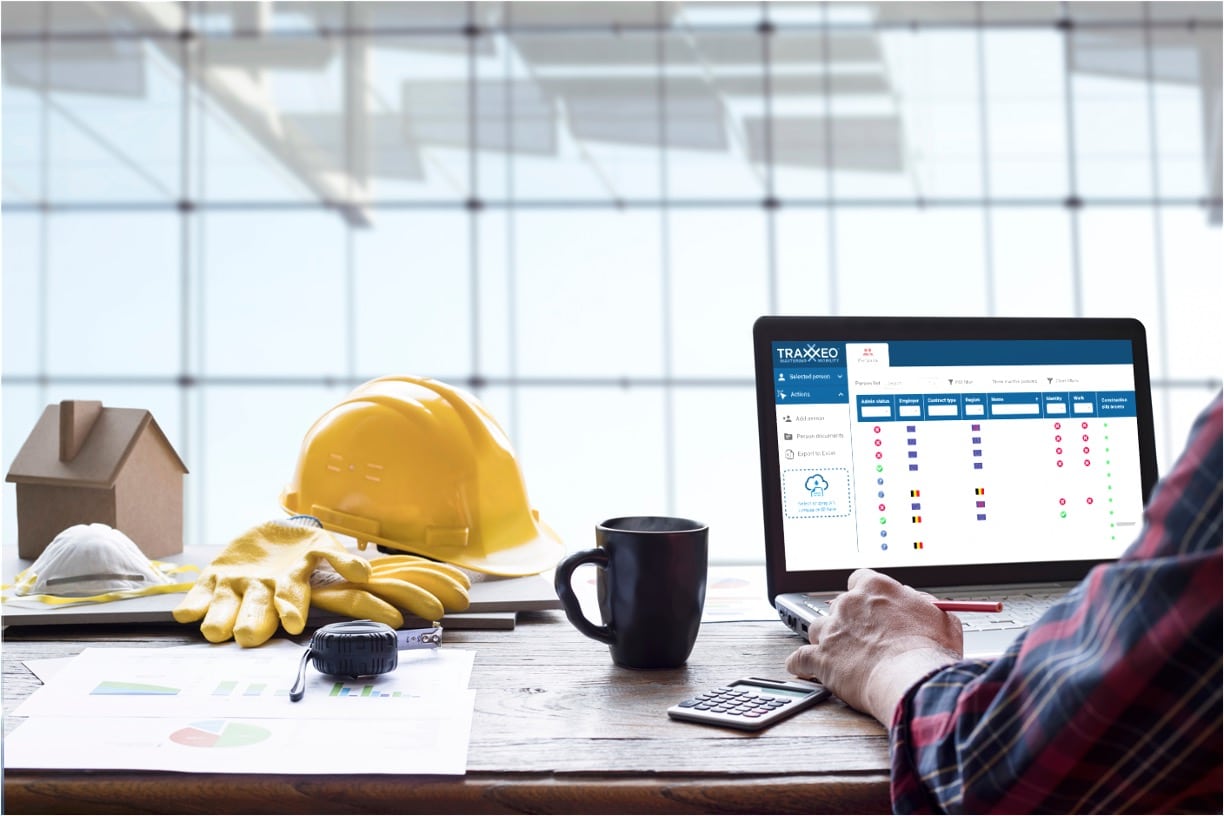Getting Seamless Task Shipment: Designer's Comprehensive Technique to Building File Management
One essential aspect typically took too lightly is the administration of construction papers, which serves as the backbone of every task. As architects browse the complexities of design, control, and implementation, a detailed strategy to document management arises as a cornerstone for accomplishing seamless task distribution.
Value of Construction File Monitoring
Efficient construction document administration plays a crucial duty in making sure task success by assisting in smooth communication and company throughout the building and construction process. By maintaining precise and updated building records, architects can successfully interact with specialists, subcontractors, and other stakeholders associated with the project. These records work as a reference factor for all celebrations, making sure that everybody is working from the exact same collection of information and decreasing the probability of errors or misconceptions.
Furthermore, proper record management can boost task efficiency, reduce costly hold-ups, and eventually lead to the successful conclusion of construction jobs. Architects who focus on building and construction paper administration established a solid structure for project success and demonstrate a dedication to providing high-grade outcomes.
Key Aspects for Efficient Documents

Provided the essential role that orderly and exact construction documents plays in ensuring job success, it is important to determine vital aspects that add to efficient documents management. Succinct and clear interaction is extremely important. All stakeholders must understand the documents requirements and be able to gain access to and analyze the details conveniently. Second of all, establishing standard themes and methods guarantees uniformity throughout all job documents. This includes naming conventions, documents frameworks, and revision control to stop errors and confusion. Routine testimonials and updates are crucial to maintain paperwork existing and reflective of the project's development. This method helps recognize any disparities or adjustments that need to be attended to without delay. Implementing a durable file management system that permits for version control, accessibility restrictions, and audit routes substantially improves the company and safety of project documents. By integrating these essential components into building and construction document monitoring practices, designers can streamline processes, lower errors, and eventually contribute to the successful distribution of jobs.
Using Modern Technology for Document Organization
Leveraging innovative digital tools and software application systems contributes in enhancing the company and availability of building and construction documentation. Architectural firms can enhance their paper monitoring processes by carrying out specialized software designed for the building and construction sector. These tools use features such as variation control, cloud storage, and collective editing and enhancing capabilities, allowing employee to work on documents concurrently and making certain everyone has access to the most up-to-date Get the facts details.
One key benefit of utilizing innovation for file organization is the ability to develop a central repository for all project-related documents. By keeping files in a protected electronic atmosphere, architects can conveniently browse, get, and share info with stakeholders, reducing the threat of variation conflicts or lost data. Additionally, advanced software program remedies commonly integrate metadata tagging and indexing functionalities, allowing customers to classify files efficiently and recover them rapidly when needed.
Collaborative Strategies With Job Groups
To enhance project end results, designers should accept collaborative techniques when collaborating with project groups to guarantee seamless communication and control throughout the building process. Partnership with project groups is important for engineers to effectively handle construction jobs. construction document management. By cultivating open communication and team effort amongst all stakeholders, architects can improve decision-making procedures, address potential issues proactively, and make certain that everyone is lined up with the job objectives
Designers ought to establish clear lines of communication with designers, service providers, customers, and various other vital team members from the start of the task. Normal conferences, progression updates, and responses sessions need to be set up to maintain everybody notified and engaged. Utilizing collective job administration tools can likewise assist in real-time info sharing and file cooperation, boosting transparency and efficiency.

Ideal Practices for Paper Variation Control

Conclusion
In final thought, reliable building and construction document administration is vital for achieving seamless task delivery (construction document management). It is crucial for engineers to implement best methods in paper monitoring to successfully navigate the complexities of building tasks.
Reliable building and construction document management plays a crucial role in making sure task success by helping with seamless interaction and company throughout the building and construction procedure. Additionally, appropriate paper administration can boost task performance, lower pricey hold-ups, and inevitably lead to the effective conclusion of construction projects.To optimize project outcomes, architects must welcome joint approaches when working with job teams to make sure smooth communication published here and control throughout the building procedure. Partnership with job groups is crucial for designers to properly take care of construction jobs.In the world of joint building task administration, keeping exact control over record variations stands as a critical method for guaranteeing task stability and communication.